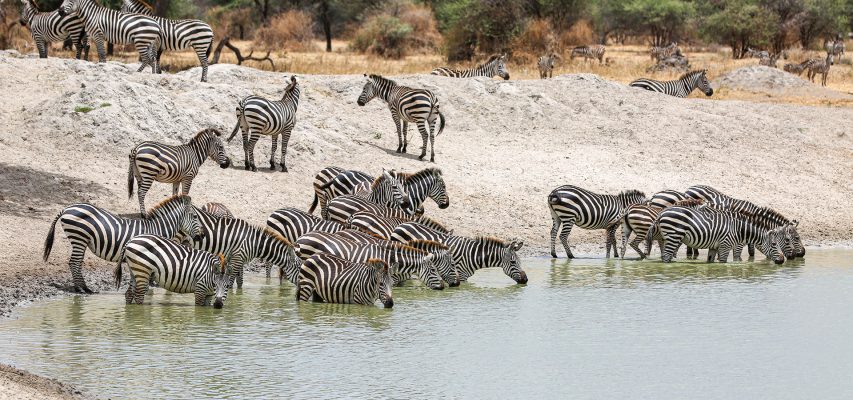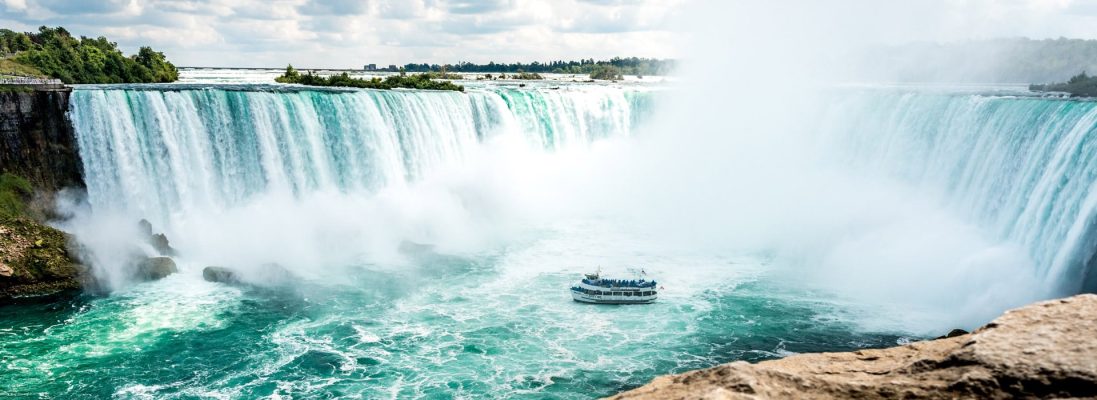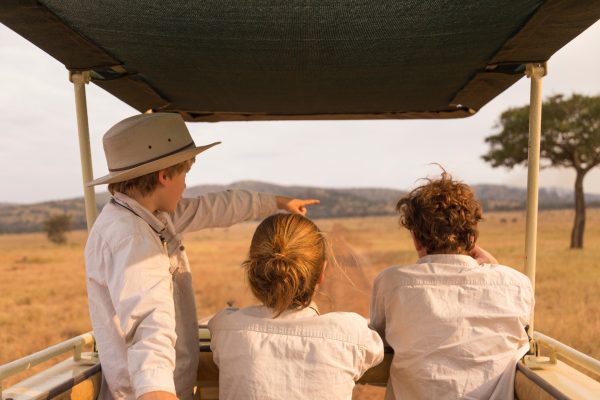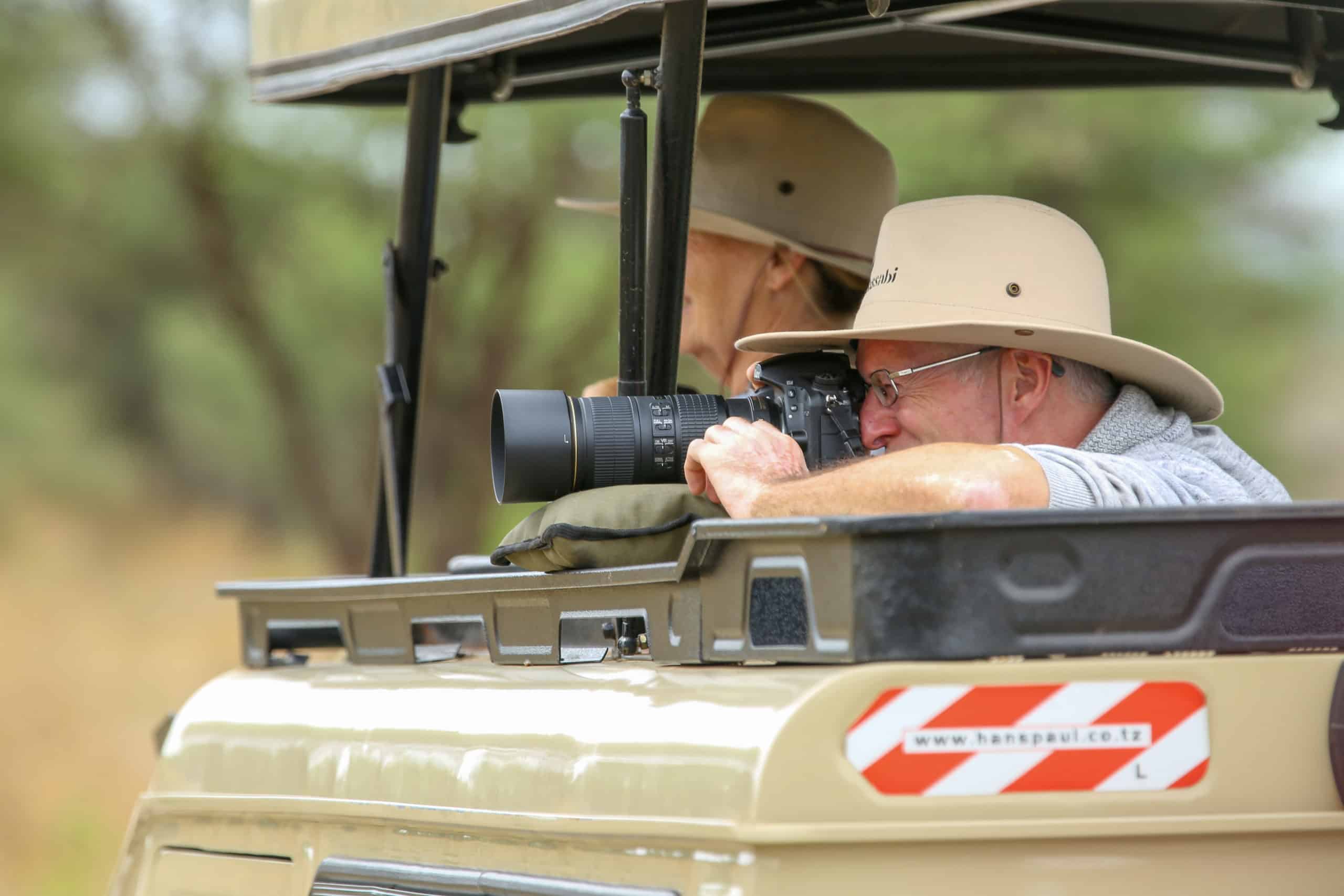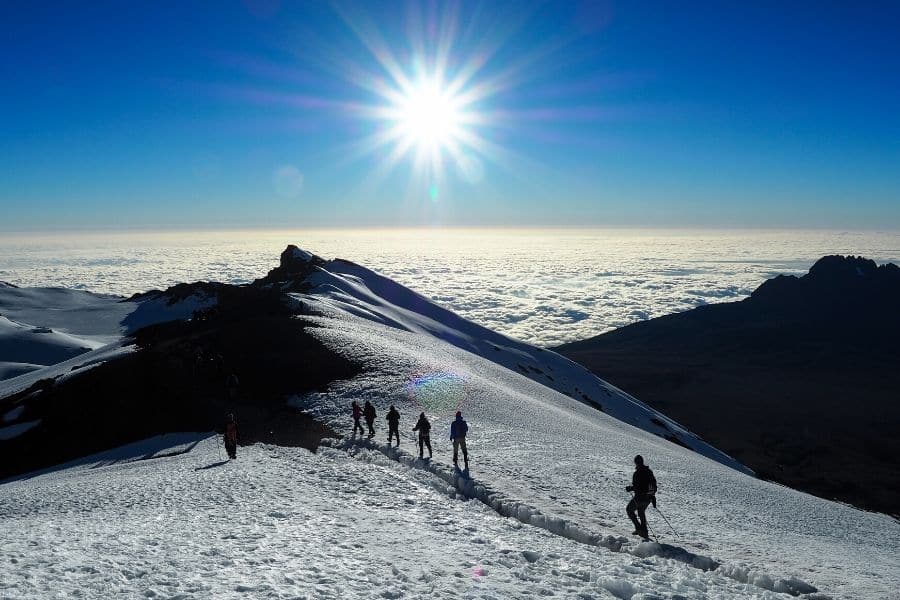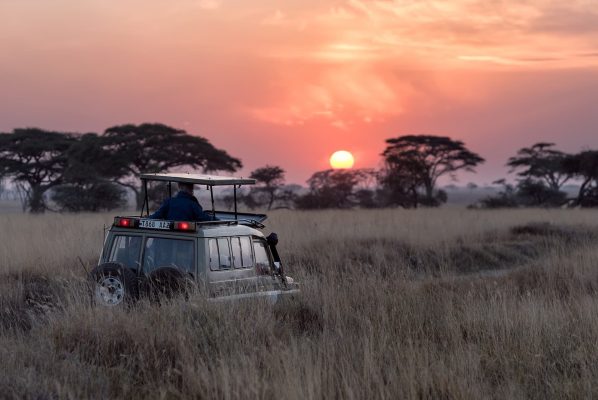The best time to visit Tanzania
Visiting Tanzania
From the great plains of the Serengeti and mindboggling natural amphitheater of the Ngorongoro Crater to the powdery beaches of exotic Zanzibar, Tanzania has something to offer every kind of traveler. The best time to visit depends on what you want to see and do on your African safari.
Instead of having four seasons, Tanzania has two: the wet (or green) season and the dry season. The wet season is split between the “long rains” (April and May; heavy afternoon downpours) and the “short rains” (November and December; occasional showers). The Spice Island of Zanzibar follows a similar climactic pattern.
While the dry season is the best time to visit Tanzania, every time of the year has something to recommend it – rates are lower during the wet season, and the lush green landscapes have to be seen to be believed.
The Great Wildebeest Migration is an annual cycle that sees more than two million wildebeest, zebra and gazelle follow a roughly circular route through the vast expanse of the Serengeti, before briefly crossing the Mara River into Kenya. Every aspect of the Great Migration is a wonder to behold, but you can try to time your visit to catch a particular phase of the process.
1. When is the best time to safari in Tanzania ?
Like any tourist destination, Tanzania has high, low and mid seasons. But the wildlife viewing is fantastic all year-round and you can enjoy preferential rates and fewer crowds by visiting outside of peak times.
| Jan | Feb | Mar | Apr | May | Jun | Jul | Aug | Sept | Oct | Nov | Dec |
|---|---|---|---|---|---|---|---|---|---|---|---|
| Best | Best | Good | Fair | Good | Best | Best | Best | Best | Best | Good | Good |
| Jan | Best |
|---|---|
| Feb | Best |
| Mar | Good |
| Apr | Fair |
| May | Good |
| Jun | Best |
| Jul | Best |
| Aug | Best |
| Sept | Best |
| Oct | Best |
| Nov | Good |
| Dec | Good |
High season (June to October)
Most tourists go on safari in Tanzania during the long dry season. Getting around is more comfortable at this time of the year, and the animals are easier to spot. The weather is cool and dry and the conditions for photography are excellent. On the flipside, hotel rates are higher during this period, and you also need to book quite a long way in advance.
Mid season: (January to March and November to December)
This is a wonderful time to experience the best of Tanzania, without the crowds. The lush, green landscapes make for fantastic photography, and it’s also the best time for birdwatching.
- January to March is calving season, so you can expect to see loads of baby animals. This also means plenty of predator action!
- November and December are when the “short rains” fall. While you can expect occasional showers, these won’t interrupt your travel plans.
Low season: April and May
April is Tanzania’s wettest month, so much so that some lodges close. That said, if you bring the right clothing (and attitude) you can enjoy heavily discounted rates and zero crowds. May is typically much drier than April, with the second half of May marking the beginning of the high season.
2. When is the best time to see the Wildebeest Migration?
Every year, two million wildebeest, gazelle and zebra follow the rains around the Serengeti and the Masai Mara in search of grass to graze on. The route, which is roughly circular in shape, takes 12 months so there’s always some aspect of the wildebeest migration to observe.
The timeline below is based on what animals have done in previous years. It’s impossible to predict exactly when the herds will be where – but as the Tanzania experts we are best placed to ensure you are in the right place at the right time on your Serengeti safari tour.

| Jan | Feb – Mar | Apr – May | Jun – Jul | Aug | Sept – Oct | Nov – Dec |
|---|---|---|---|---|---|---|
| Dispersed herds near Lake Ndutu | Calving season. Babies and predators | Long rains, Migration begins | Central Serengeti. Grumeti River Crossing | Mara River crossing | Herds grazing both sides of Mara River | Short rains. Herds return to Ndutu |
| Jan | Dispersed herds near Lake Ndutu |
|---|---|
| Feb – Mar | Calving season. Babies and predators |
| Apr – May | Long rains, Migration begins |
| Jun – Jul | Central Serengeti. Grumeti River Crossing |
| Aug | Mara River crossing |
| Sept – Oct | Herds grazing both sides of Mara River |
| Nov – Dec | Short rains. Herds return to Ndutu |
January: The herds gather near Lake Ndutu in the southeast corner of Tanzania’s Serengeti National Park. The animals are spread out over a fairly large area so this is not the most impressive time to witness the wildebeest migration.
February and March: This is calving season, with more than 8,000 wildebeest babies being born every day! If this sounds unbearably cute, it is – until the predators move in to feast on the defenseless newborns. This is a fantastic time to see lions, leopards and cheetahs doing what they do best.
April and May: April marks the start of the “long rains”, and it’s also the time the animals begin their great trek north. In May, as the rains weaken and the babies get stronger, the herds gather pace.
June: The herds should have reached central Serengeti by now, with many of them completing their first treacherous river crossing over the Grumeti River this month.
July: The herds gather North of the Serengeti towards south of the crocodile infested Masai Mara River, which they will have to cross to reach the excellent grazing in Kenya’s Masai Mara National Park. Depending on the year, the animals may start crossing the Mara River in July.
August: This is widely considered to be the best month to experience the real-life Hollywood drama and that is the Mara River crossing. Watching these vast herds of animals clamber through the muddy waters, as crocodiles pick off the weak and the unlucky is a genuine bucket-list experience. The wildebeest migration map shows the predicted path of the Serengeti annual migration circle.
September and October: While many of the animals cross into Kenya, about half of them remain in the Tanzania’s Serengeti. This is a great time to experience the wildebeest migration without the crowds.
November: This is typically when the “short rains” commence in Tanzania, the animals’ cue to leave the Masai Mara and return to the verdant pastures of the Serengeti. It goes without saying that they will have to cross the Masai Mara River again.
December: The herds head south, towards Lake Ndutu to begin the cycle anew that in the early month of the year grasses in southern Serengeti that are lush draws wilbeest and zebras back in millions to graze with gazelles of Serengeti in harmony
Can I extend my safari with Sassabi Expeditions?
While most of our guests want to experience the world-renowned wilderness areas of the Northern Circuit (Serengeti, Ngorogoro Crater, Lake Manyara and Tarangire) we highly recommend extending your safari to include the less-visited Western or Southern Circuits on your African safari – or to spend the last week of your Tanzanian odyssey sunning yourself on Zanzibar’s pristine beaches.
Raw and untamed, the Southern Circuit is a dazzling gem hidden in plain sight. Boasting dramatic landscapes, giant elephant herds and around 10% of the world’s wild lion population, the Ruaha National Park and the vast expanse Selous Game Reserve are two of Africa’s great wilderness areas making it one of the best places in Africa to safari.
The Western Circuit offers an entirely different all-inclusive African safari experience. Katavi National Park is renowned for its cheetahs and wild dogs, while Mahale National Park, and Gombe Stream National Park are among the only places in the world where you can track wild chimpanzees. They are also home to other fascinating ape species and a plethora of exotic birdlife.
When is the best time to visit Zanzibar?
| Jan | Feb | Mar | Apr | May | Jun | Jul | Aug | Sept | Oct | Nov | Dec |
|---|---|---|---|---|---|---|---|---|---|---|---|
| Good | Good | Good | Fair | Fair | Best | Best | Best | Best | Best | Good | Good |
| Jan | Good |
|---|---|
| Feb | Good |
| Mar | Good |
| Apr | Fair |
| May | Fair |
| Jun | Best |
| Jul | Best |
| Aug | Best |
| Sept | Best |
| Oct | Best |
| Nov | Good |
| Dec | Good |
Tanzania is so much more than a safari destination. The ancient Spice Island of Zanzibar, off the coast of Dar es Salaam isn’t just culturally fascinating, it also boasts white sand beaches, azure waters and pristine coral reefs. A week lazing on Zanzibar is the perfect way to round off your Tanzanian safari adventure – but when should you visit?
The weather in Zanzibar is always balmy, with the hottest time of the year being between December and March. The hot season comes to an abrupt end when the “long rains” begin to fall, with April and May being by far the wettest months on the archipelago.
Most tourists visit between June and October when the weather is dry and not too hot and the water clarity (for snorkeling) is excellent. September and October are especially wonderful months in Zanzibar, with cool breezes and fewer crowds at your Zanzibar resort.
Tanzania Safari Airports
Where to fly into for Tanzania safari depends on whether you want to start from the northern or Southern safaris circuits and Zanzibar. Tanzania boasts several international airports and a well-established domestic airline industry that allows you to easily travel around the country. Most safari lodges and hotels in Tanzania also have their own airstrips in wildlife areas and Sassabi Expeditions specializes in Ultimate Fly-Around Safaris.
Northern Circuit (Serengeti, Ngorogoro, Tarangire, Lake Manyara): Tanzania’s most popular safari destinations are best accessed from Kilimanjaro International Airport in Arusha, which is serviced by direct flights from several European and Doha with daily connections from the USA.

Southern Circuit: The Southern Circuit is accessed from Julius Nyerere International Airport in Dar Es Salaam. This is the largest airport in Tanzania, with direct flights to destinations all over the world. Making our Best of Southern Circuit Safari easily accessible
Western Circuit: Fly in to Kigoma Airport, either on a scheduled flight from Dar es Salaam or a charter flight from Arusha. Mahale, Katavi, and Gombe Stream National Parks are accessible from any of the airports by domestic light aircraft, just speak to your safari consultant about the details.
Zanzibar: Zanzibar’s international airport is serviced by regular direct flights from both Doha and Dubai. There are also direct flights to most Tanzanian airports.
You can fly from any of Tanzania’s airports to all Tanzanian wildlife destinations that Sassabi Expeditions operates by light aircraft – making safari planning with us “beyond just a safari.”
Best Time to Visit Tanzania information page.



